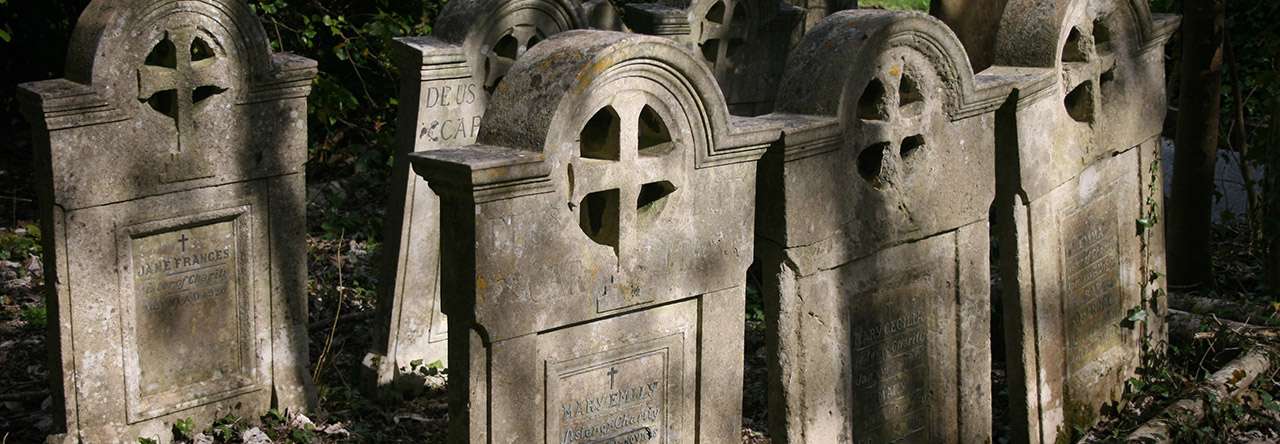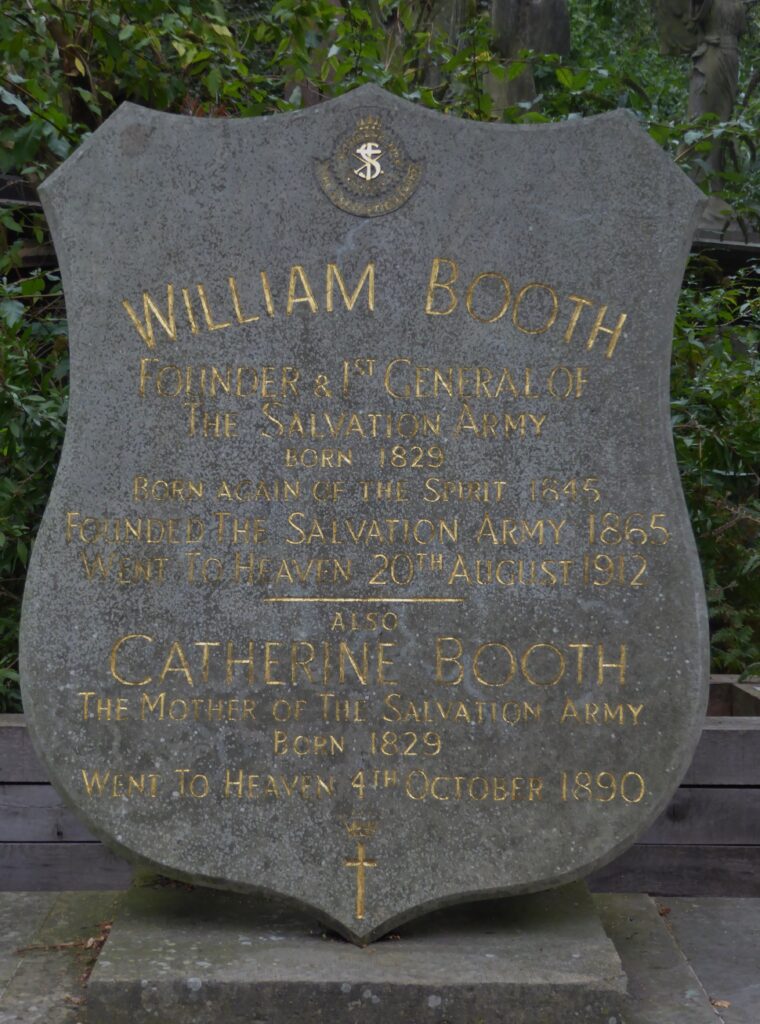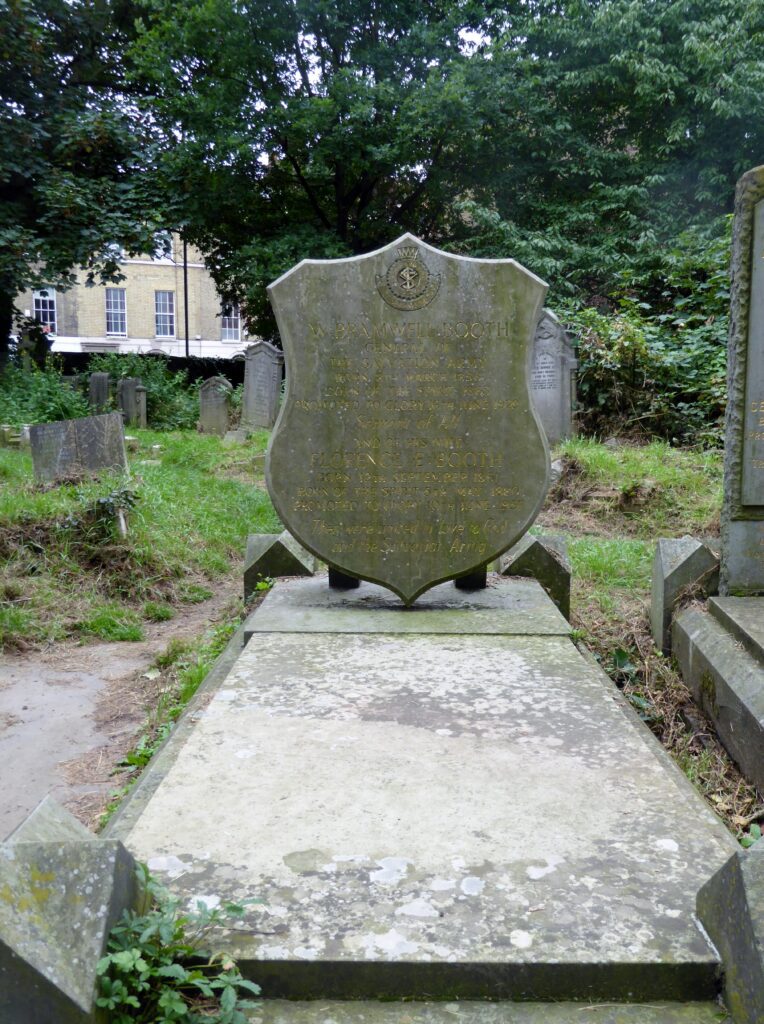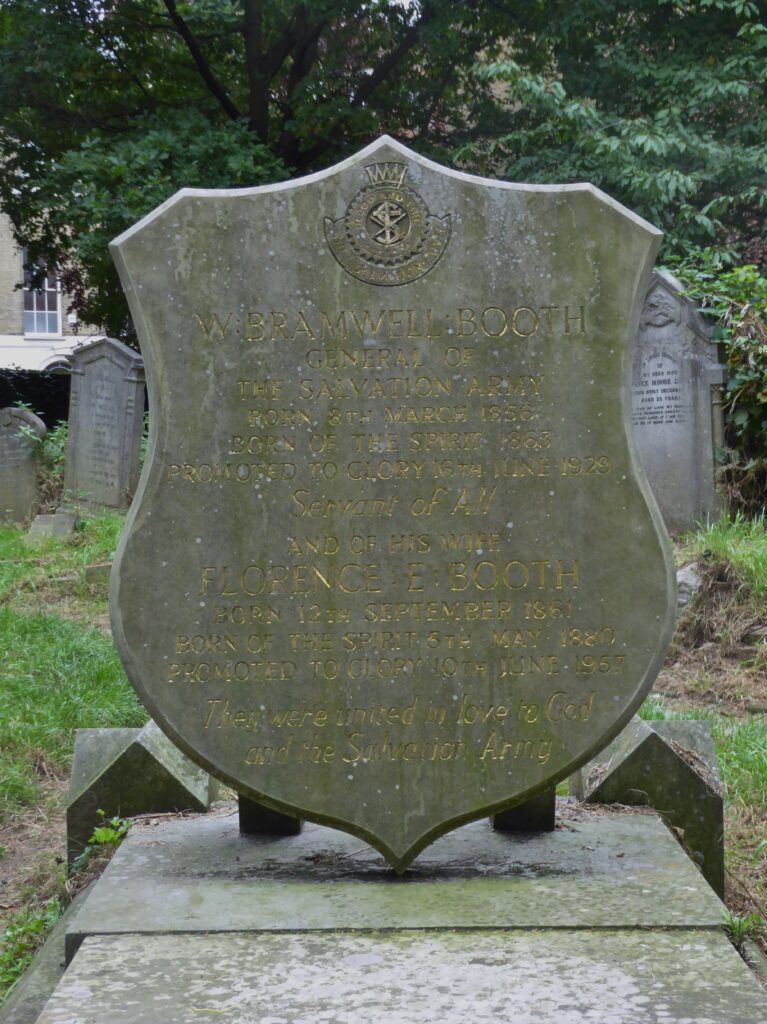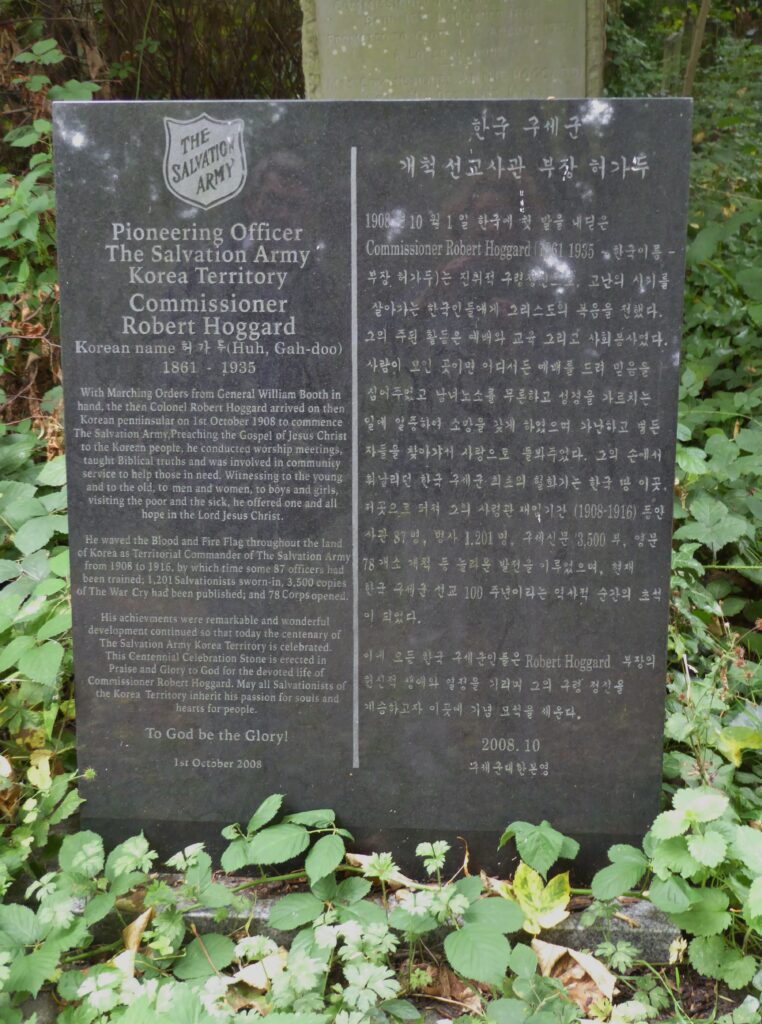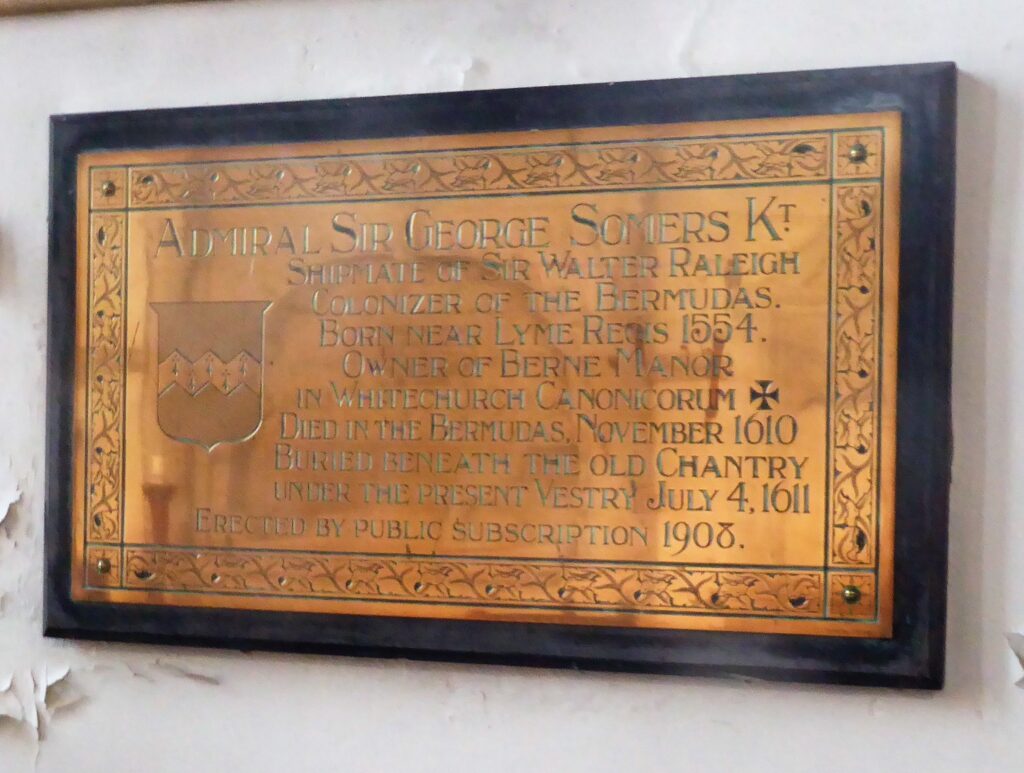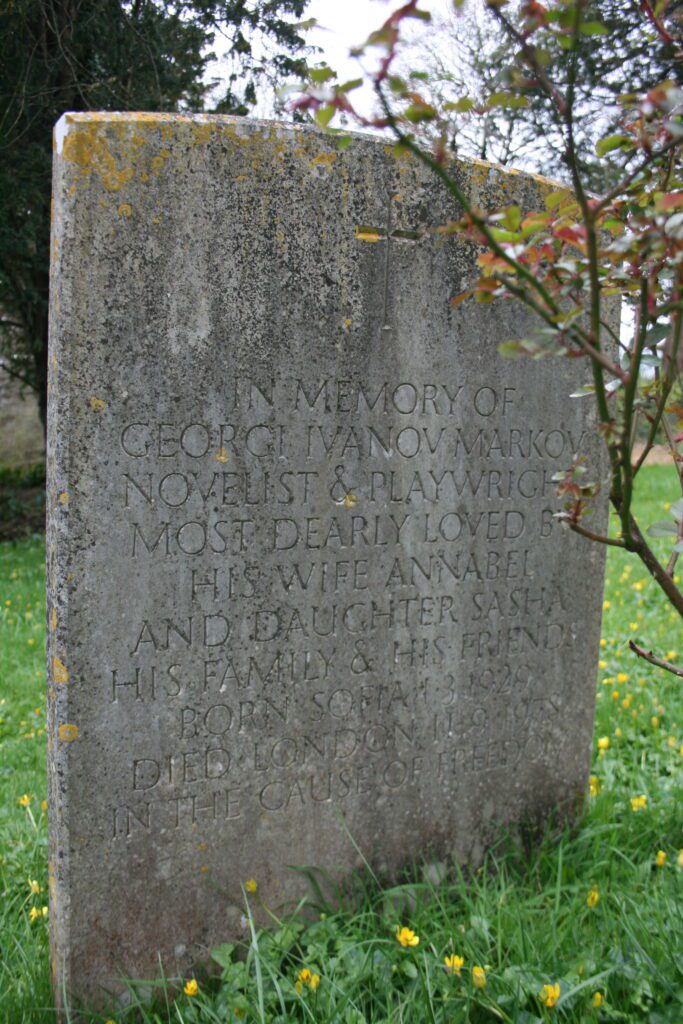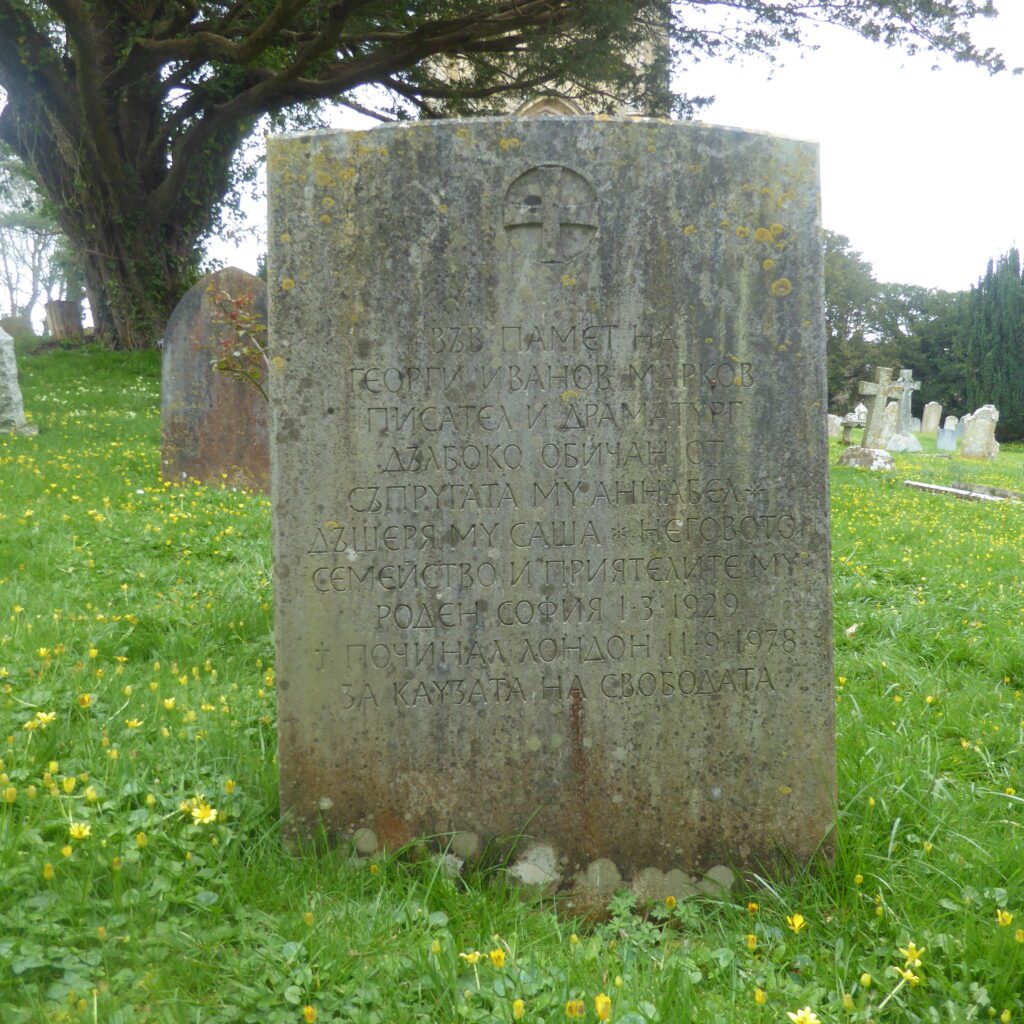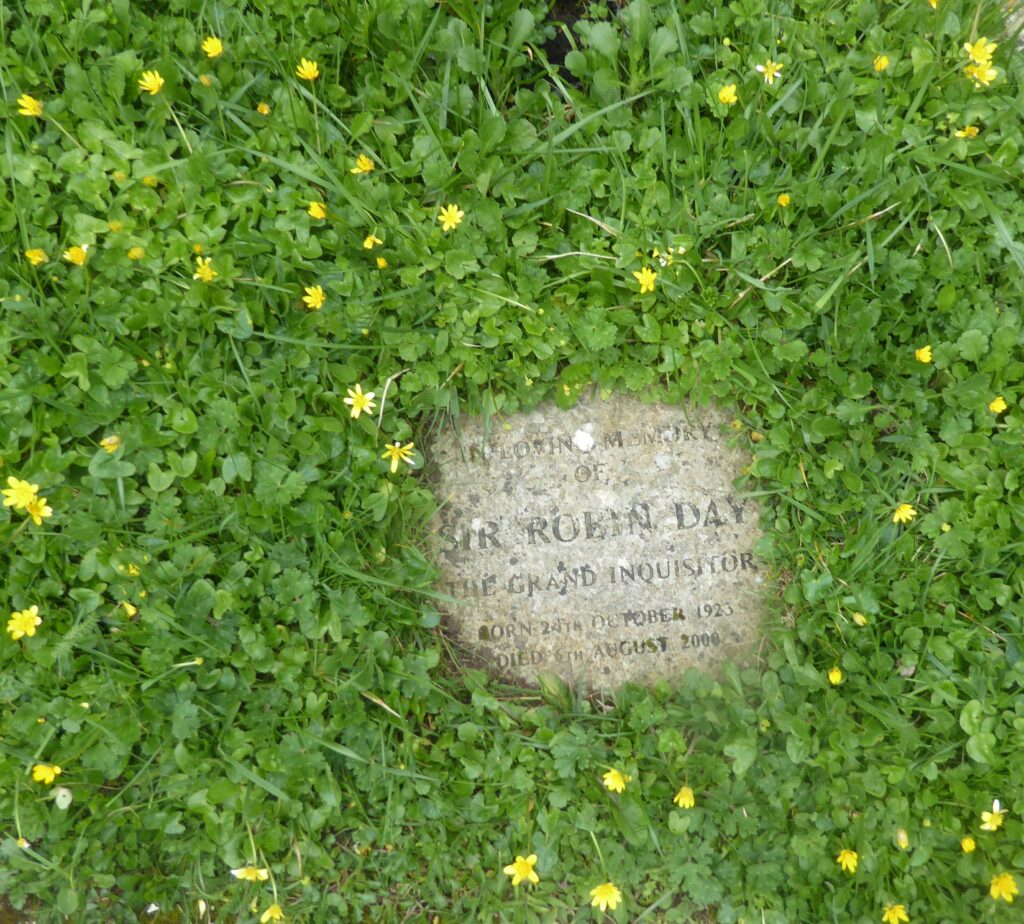Saint Swithun
Saint Swithun’s was the first watery tale to attach itself to Winchester Cathedral. The Anglo-Saxon bishop had putatively requested a burial outside the old church, “subject to the feet of passersby and to rain drops pouring from on high.” A century later however his body was transferred indoors, first to the Old Minster and later to the new Norman Cathedral. A heavy rainstorm on the day the body was moved supposedly lasted for forty days, and a popular myth developed that rain on St. Swithun’s Day, 15 July, would presage rain for the next forty days: St. Swithun expressing his displeasure at the move.
Nonetheless his tomb became a popular site of pilgrimage. The monks, required to rush to the church to celebrate every miracle which allegedly occurred, found themselves having to get up several times during the night such was the volume of these preternatural events. He remains the recommended saint for those praying for a drought.
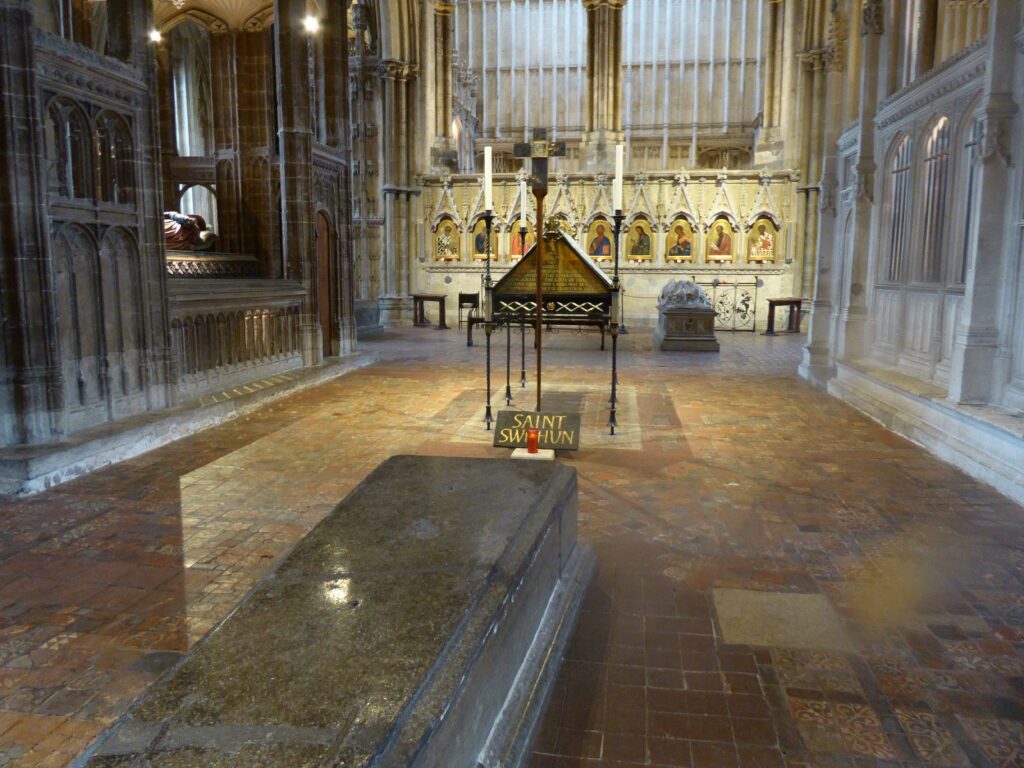
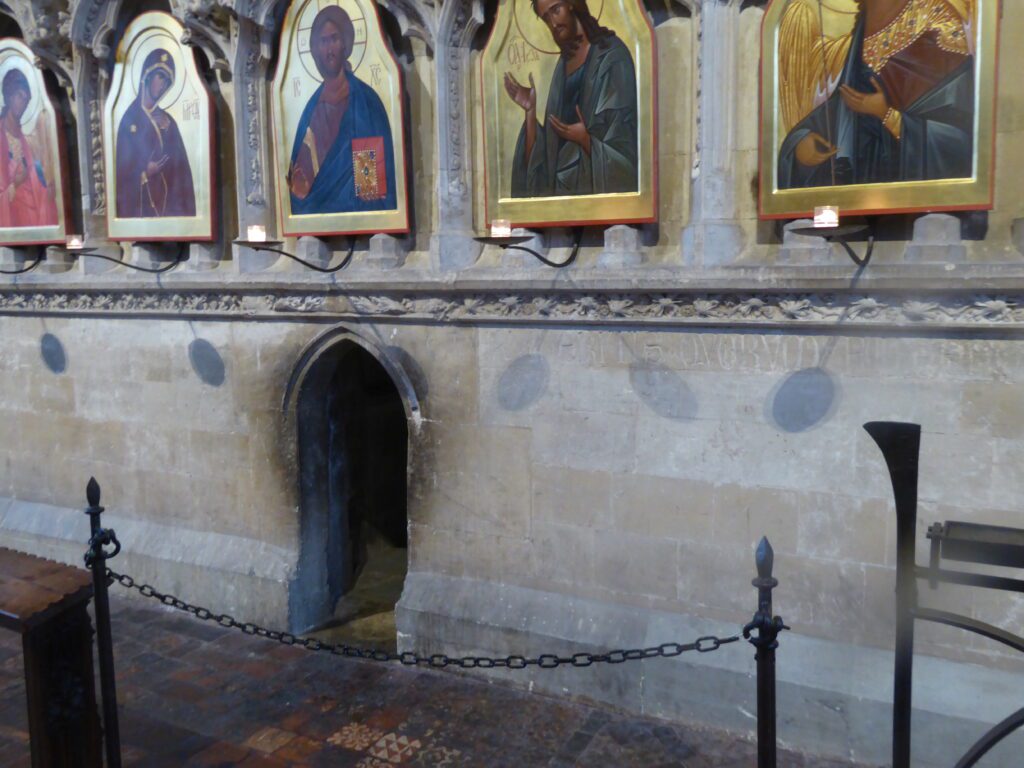
King Canute
Most of us remember only one thing about King Canute: the apocryphal aqueous anecdote which has him sitting on his throne beside the sea unsuccessfully commanding the incoming tide to halt. According to his biographers’ sympathies this indicated either humility, as he sought to illustrate the limits of his secular power to his sycophantic courtiers, or extraordinary hubris in thinking he had a god like control over nature. Rival traditions locate this thalassic legend in various places. Bosham in Sussex is one contender.
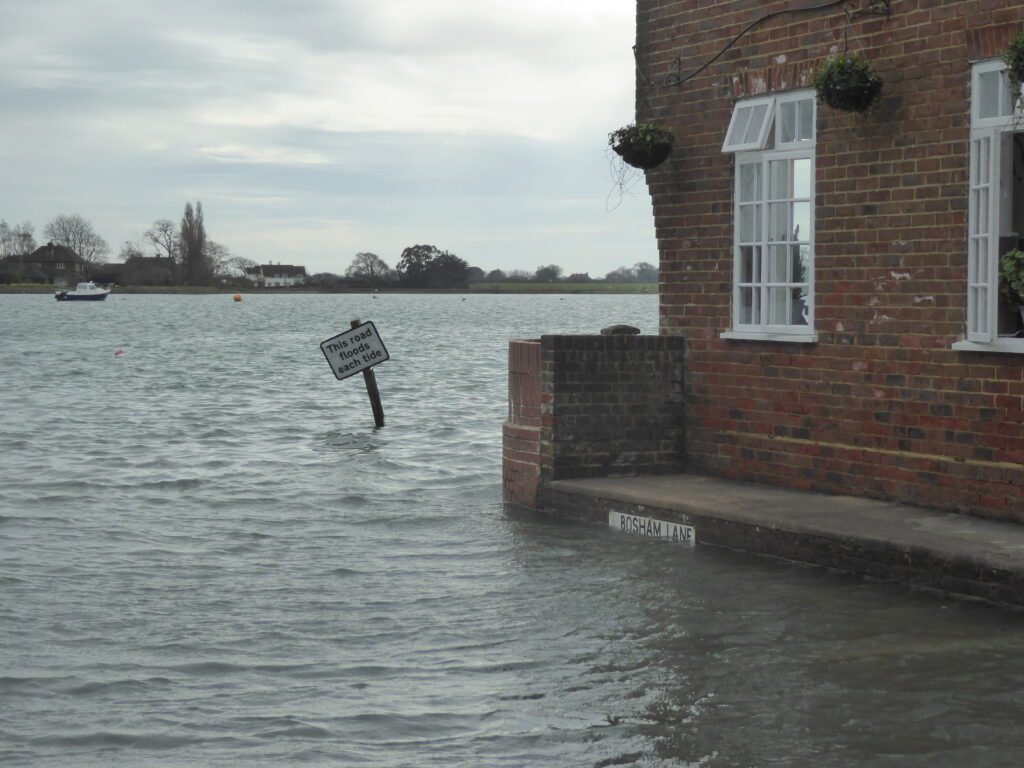
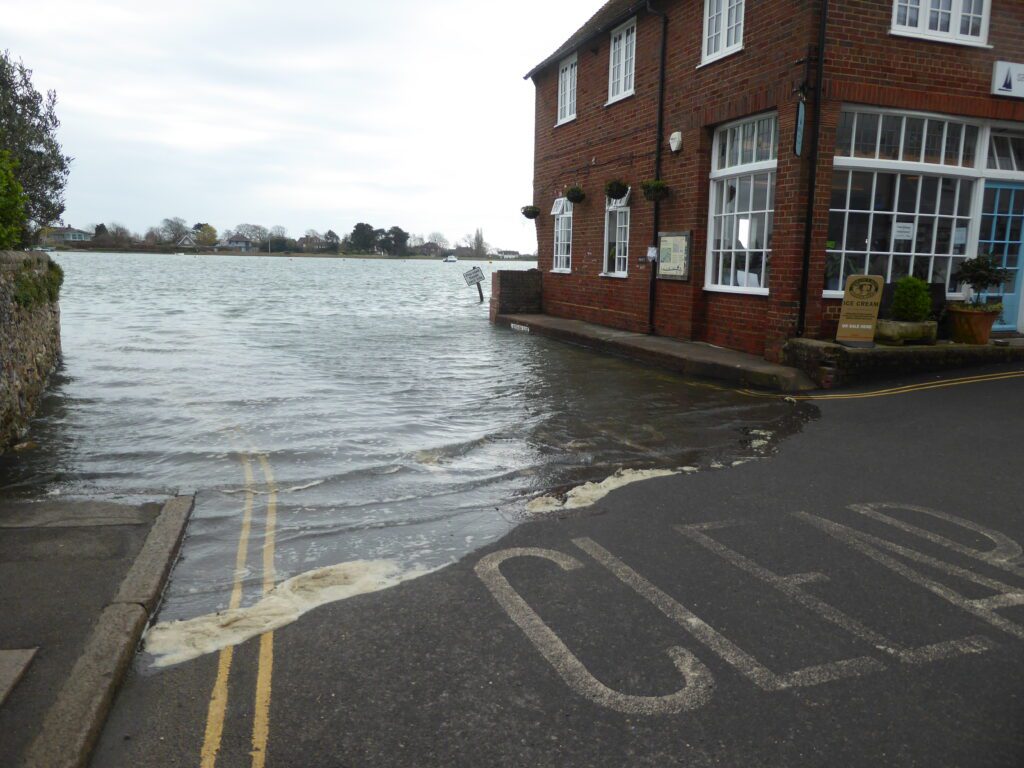
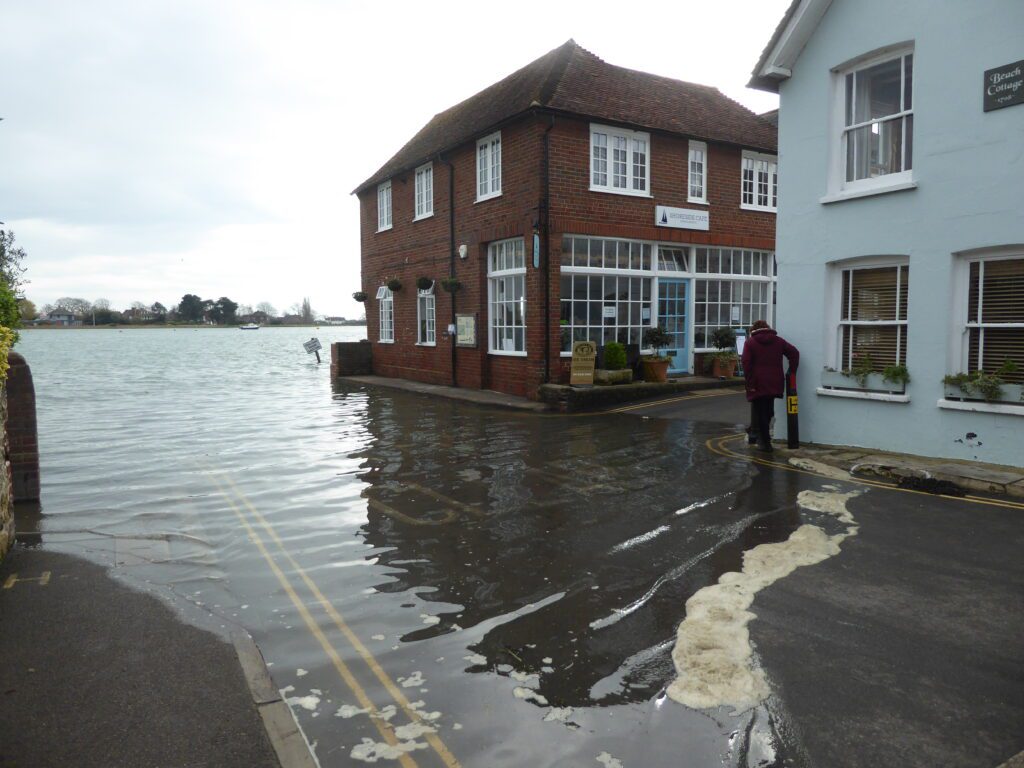
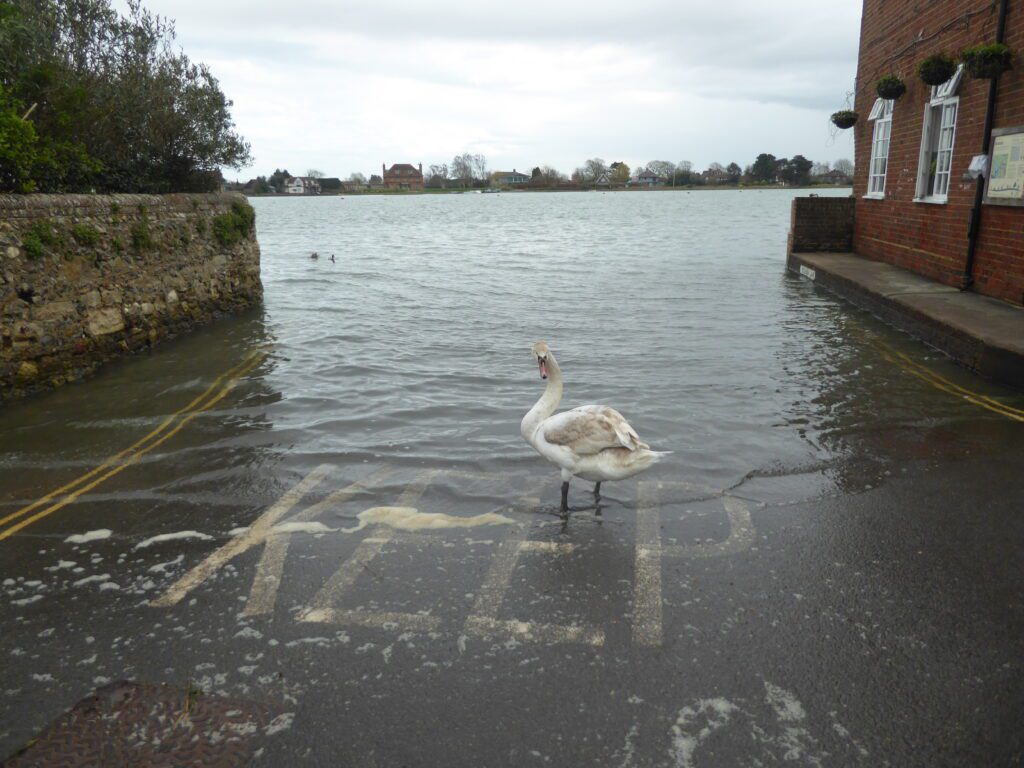
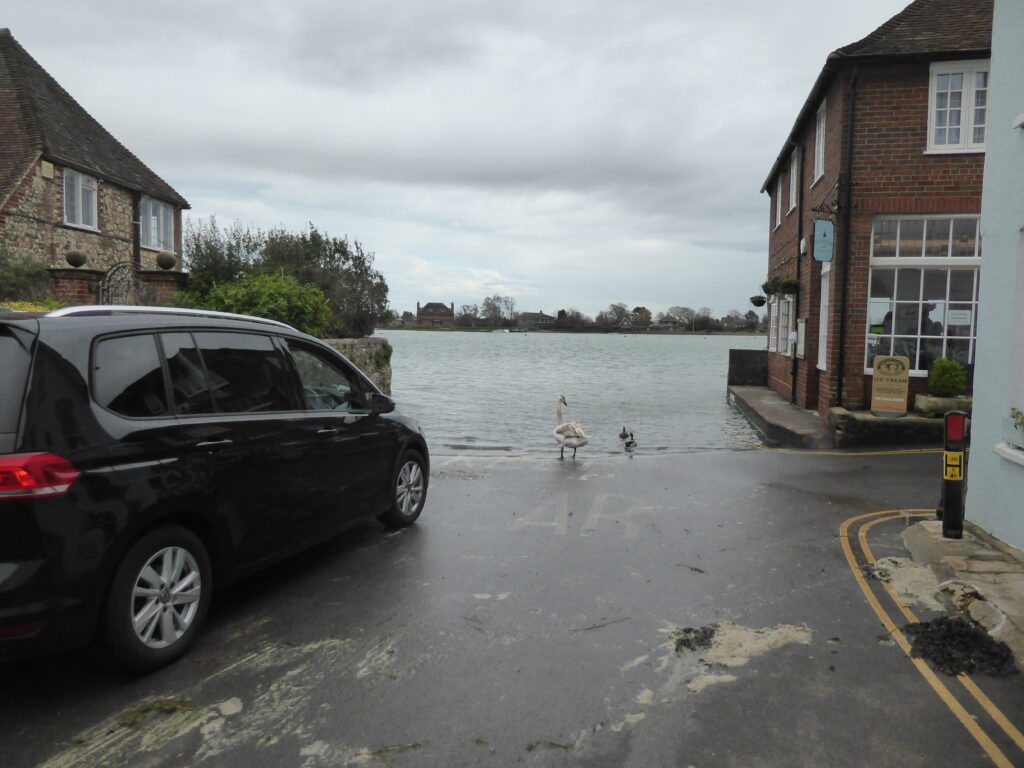
The presence of the grave of Canute’s eight year old daughter in the Bosham church lends credence to the town’s claims.
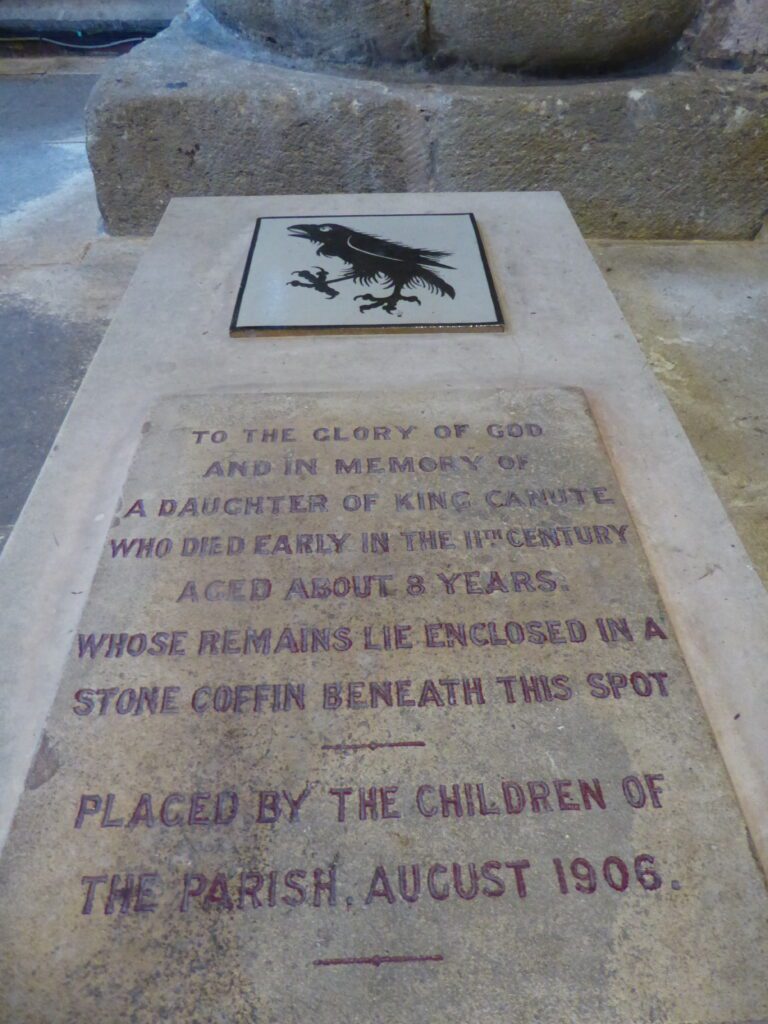
Canute himself however lies in a colourful mortuary chest in Winchester Cathedral. Around him other chests contain the remains of Saxon Kings whose lands he conquered in 1016. The Saxons may be even closer to the Dane than they would have chosen, for the chests were ransacked and their contents scattered during the English Civil War. It is unlikely that the comingled bones were all replaced in the correct chests.
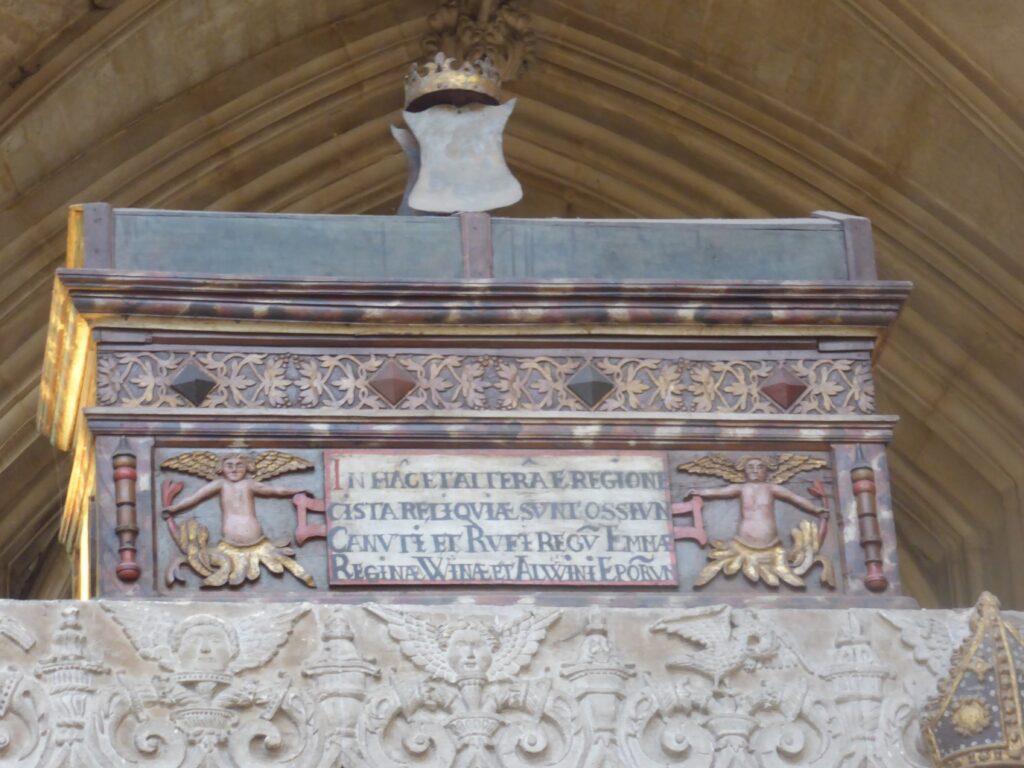
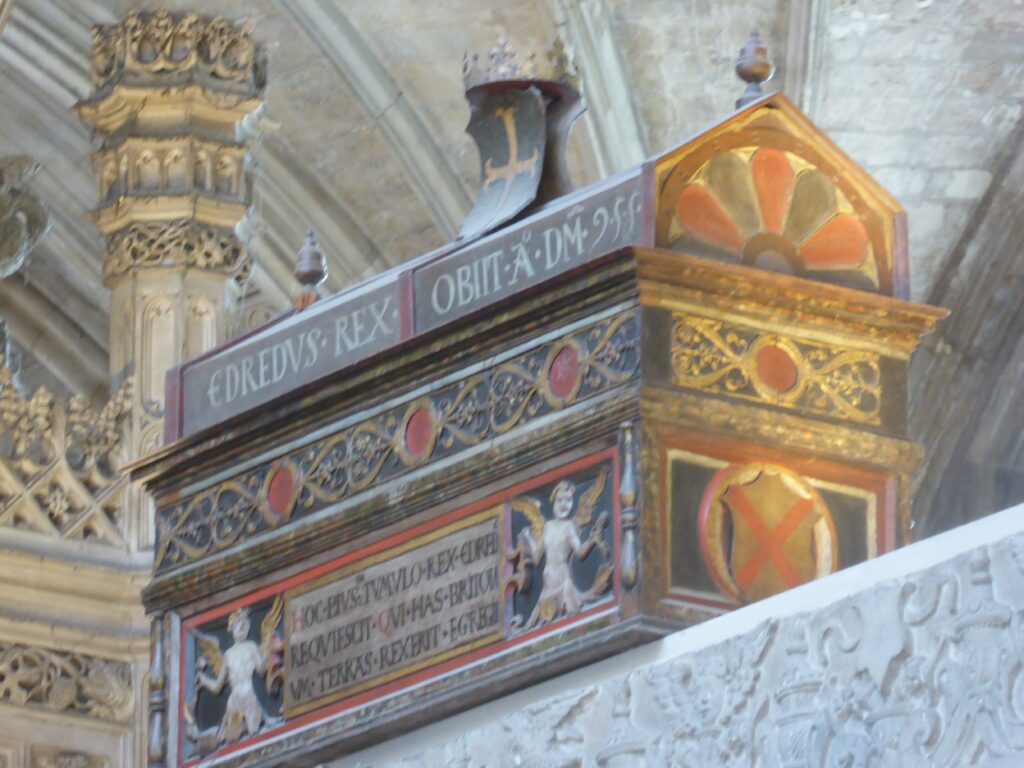
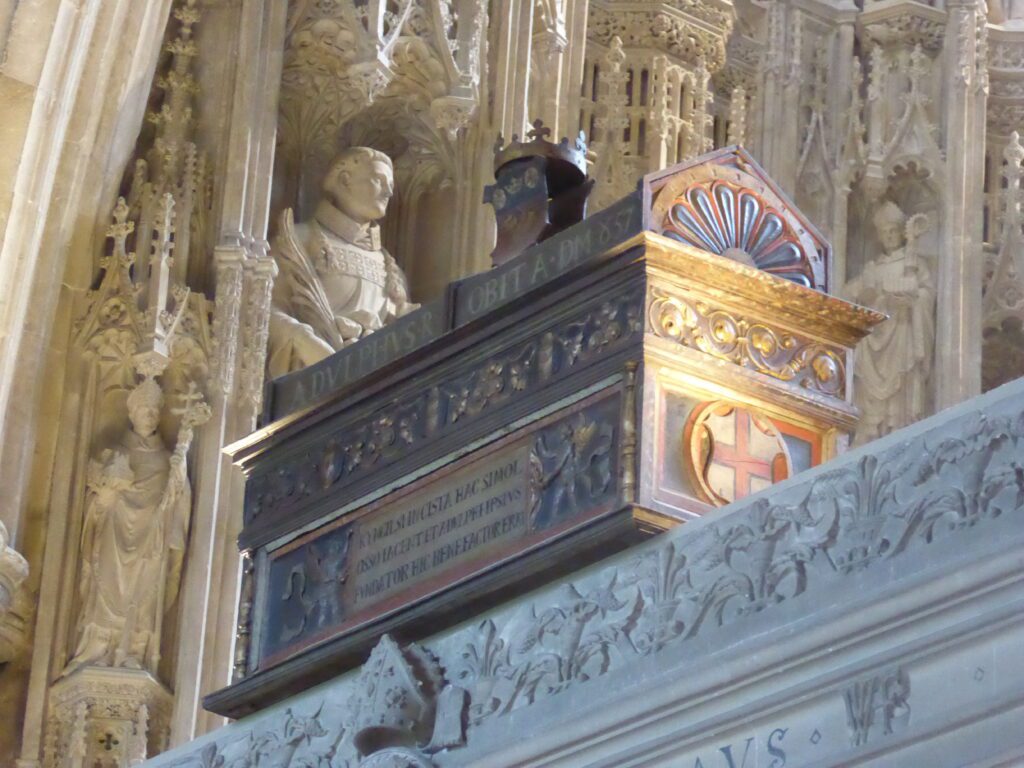
William Walker
My third story concerns a diver held in high esteem in Winchester – and this is a true story.
In the early twentieth century Winchester Cathedral was in danger of collapse. The Cathedral was built by the Normans who demolished both the Old and the New Saxon Minsters and replaced their bishops with men more sympathetic to the new regime. In the fourteenth century William of Wykeham deployed his master mason to remodel the Norman nave in Perpendicular Gothic.
But the foundations of this great cathedral were unsound. Constructed on a floating raft of beech trees, which were rotting by the twentieth century, the cathedral was sinking into the peaty soil beneath and listing to the southeast. The walls were bulging, and stone was falling. Cracks in the vaulted ceiling and the walls were variously described as large enough for owls to nest or a small child to crawl into. Trenches were dug under the walls to replace the rotten foundations with concrete, but the high-water table meant that they flooded before any reinforcing could be done. An attempt to pump out the groundwater accelerated the destabilisation of the foundations, and the building sank further. Collapse seemed imminent.
William Walker, a deep-sea diver, trained at Portsmouth dockyard, was called in. Between 1906-1911 he worked for six hours a day, descending into the flooded trenches and diving under the cathedral building. At a depth of six metres, in water rendered septic by the presence of bodies and graves, in complete darkness since the sediment suspended in the water rendered it impenetrable to light, Walker worked by touch. He dug out the rotten foundations and put concrete underneath the walls.
The task required 25,800 bags of cement and 114,900 concrete blocks. Walker’s diving suit weighed 91kg even when it was dry and took so long to put on and off that he removed only the helmet to eat his lunch and smoke his pipe. At the weekend he would cycle home to south London, a round trip of 150 miles.
When Walker had completed his work the groundwater was pumped out without fear of the walls collapsing, and bricklayers were able to restore the damaged walls. The highwater table still causes the Norman crypt to flood in winter, and the waters reach the knees of Anthony Gormley’s life size statue which lives down there, but the shored-up cathedral walls stand firm.
William Walker died in the Spanish flu epidemic of 1918. There is a bust of him in the cathedral and a much more attractive one in the cathedral garden; in both he wears his diver’s suit and in the former he holds his helmet.
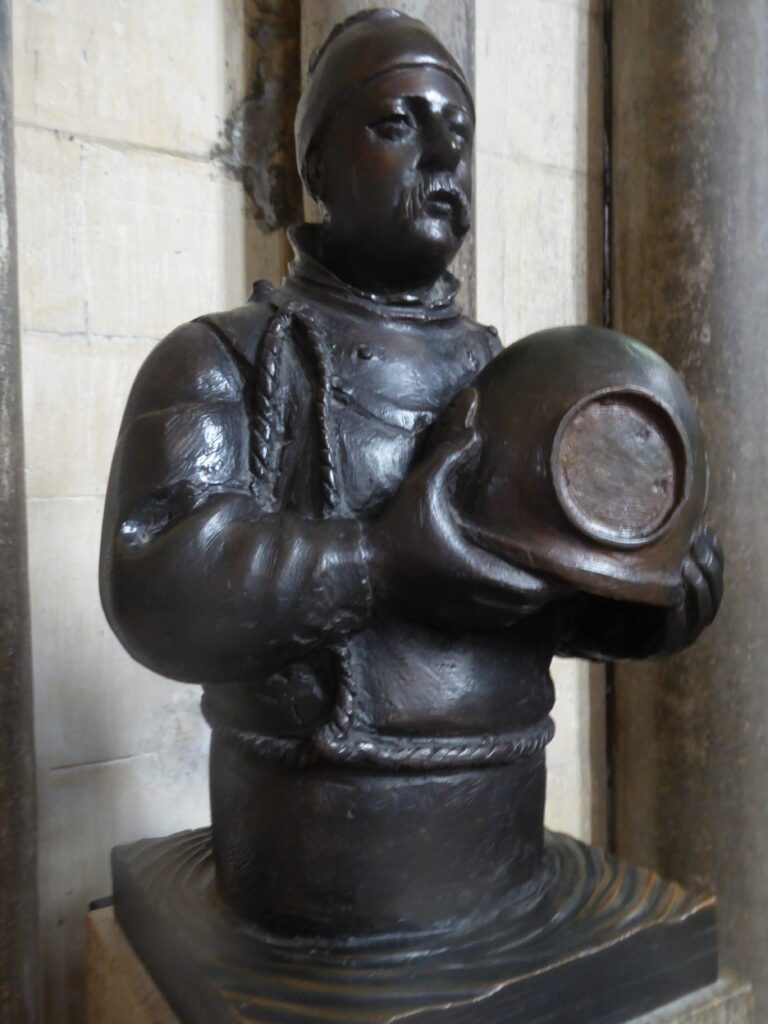
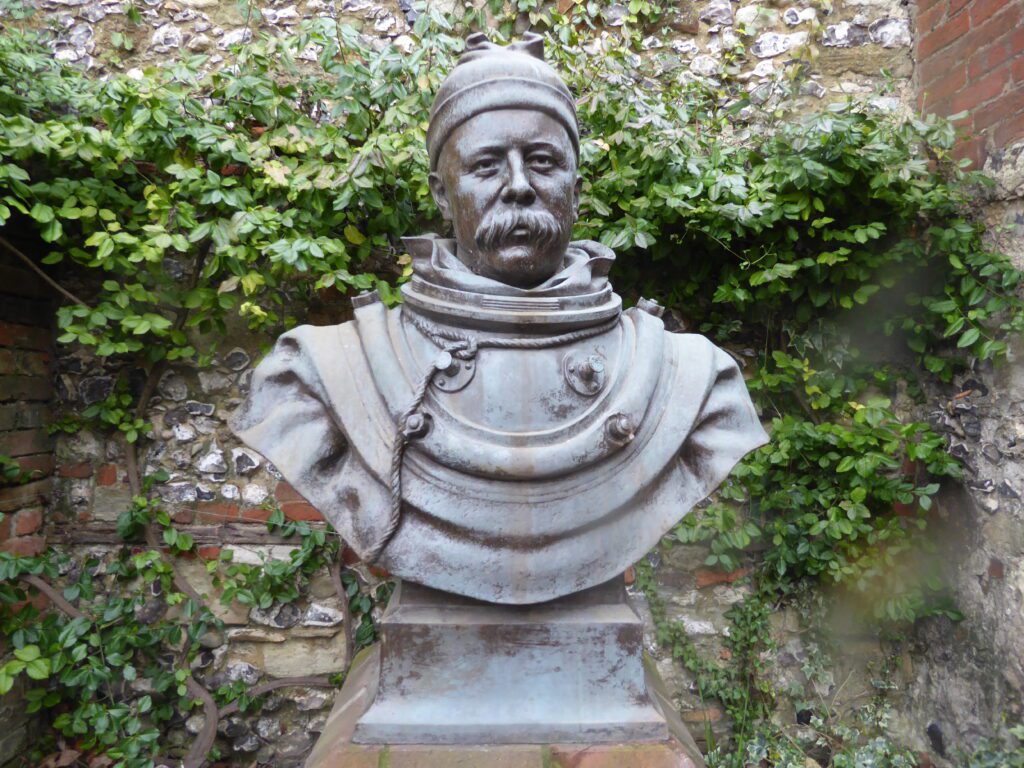
Walker is buried in the cemetery at Elmer’s End near his south London home. Ironically, the cross marking his grave became unstable in recent years and has been laid flat. A new slate slab bears an engraving of the diver and recalls his achievement.

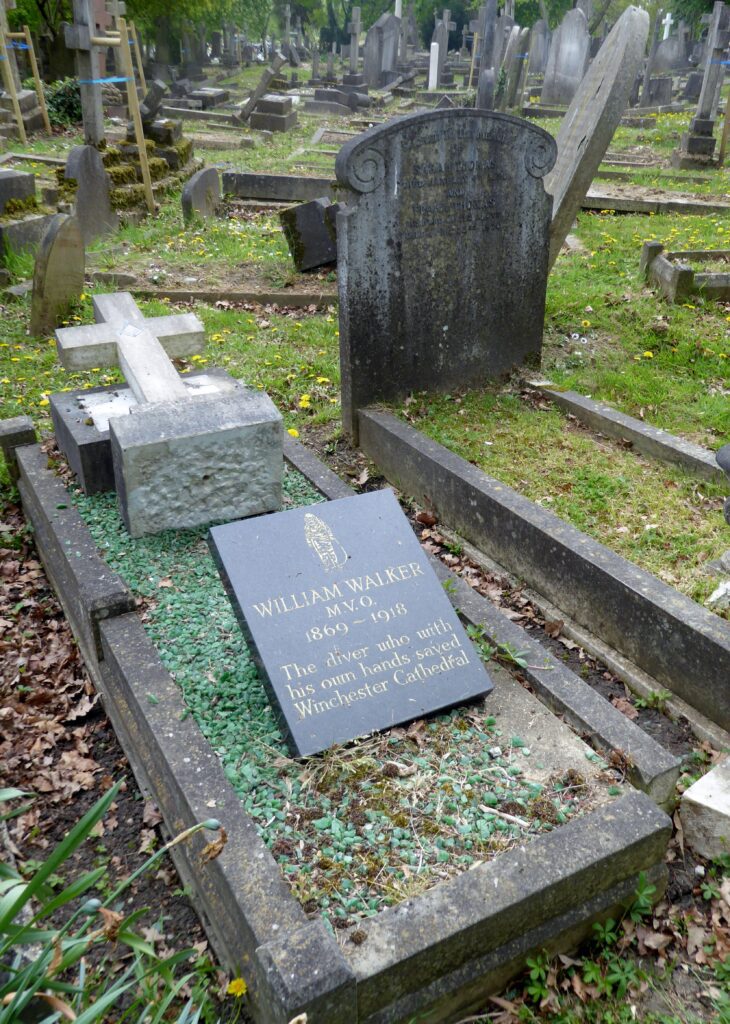
WILLIAM WALKER
M.V.O.
1869-1918
The diver who with
his own hands saved
Winchester Cathedral
But, like Christopher Wren and St. Paul’s, you can see William Walker’s real memorial if you stand in the nave of Winchester Cathedral and look around you.
